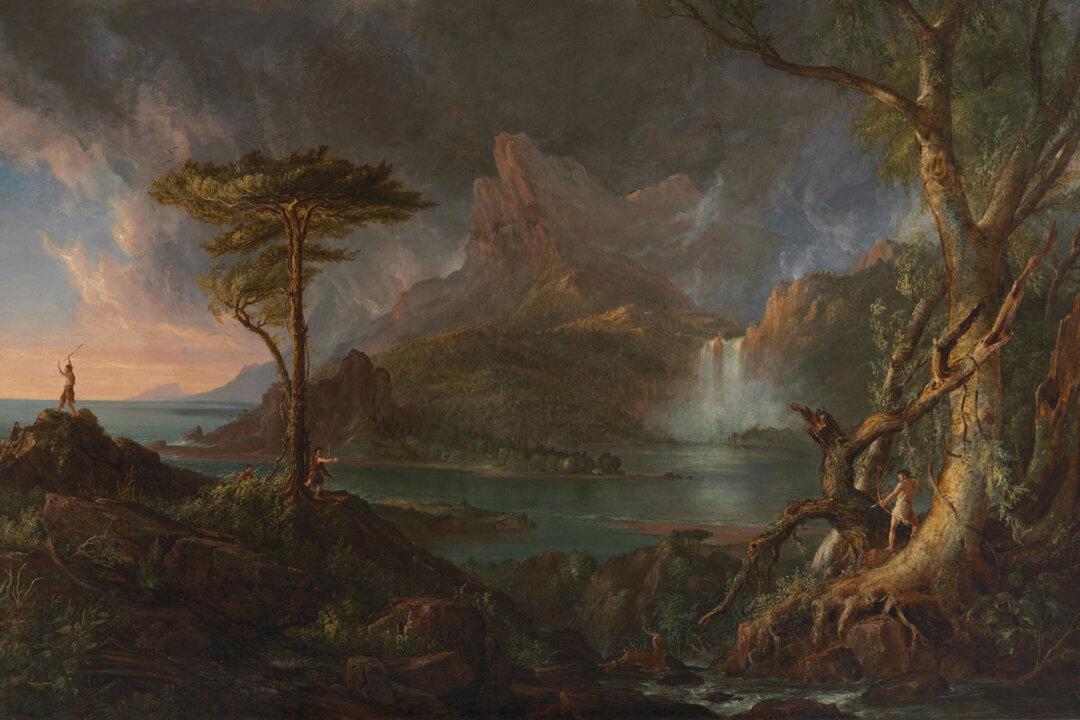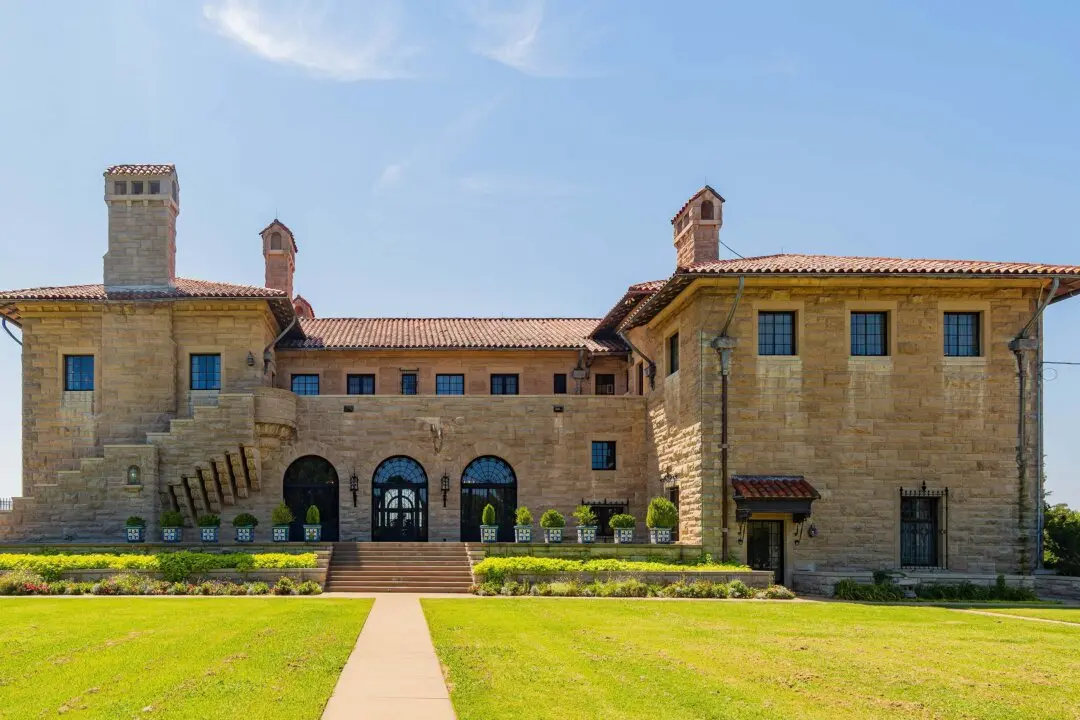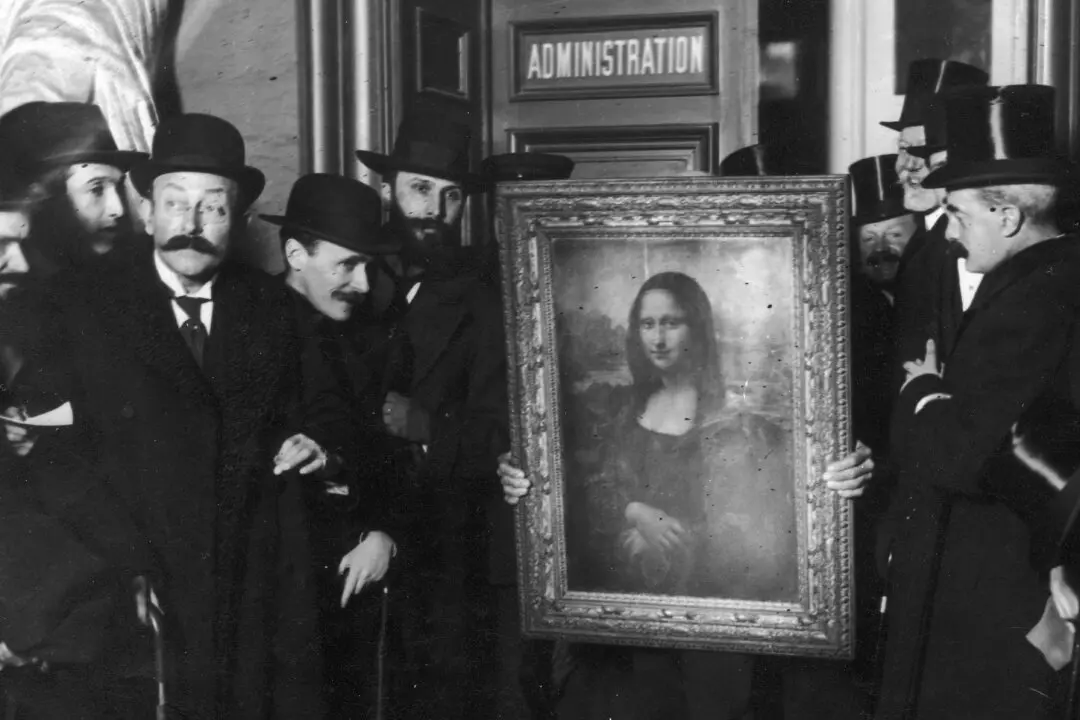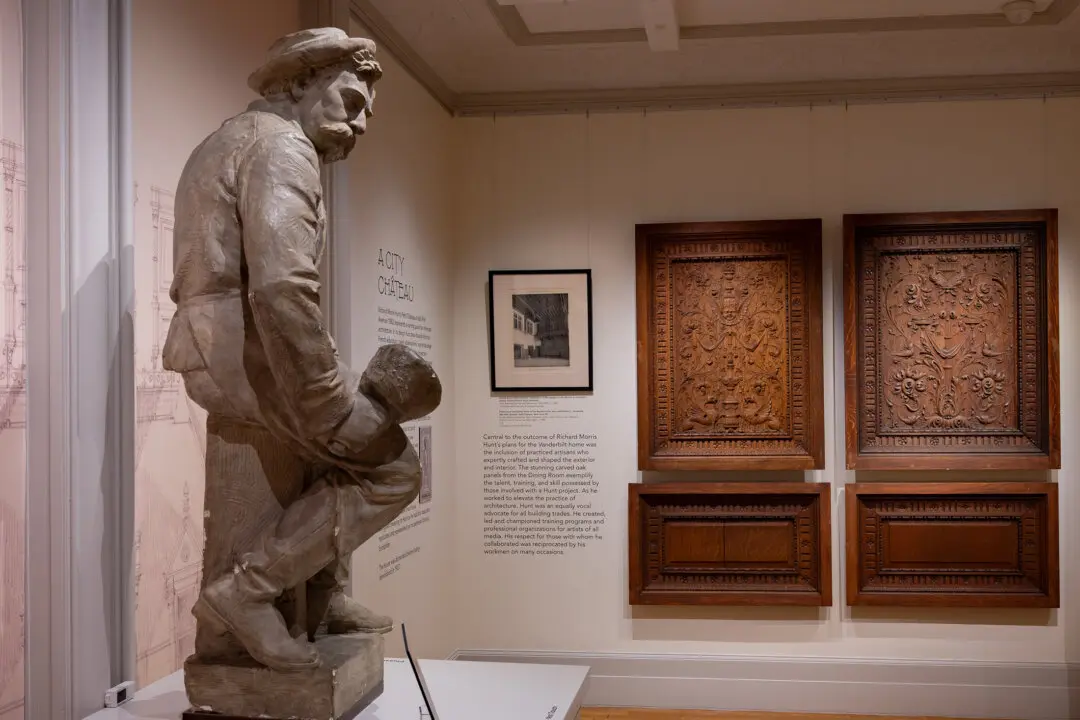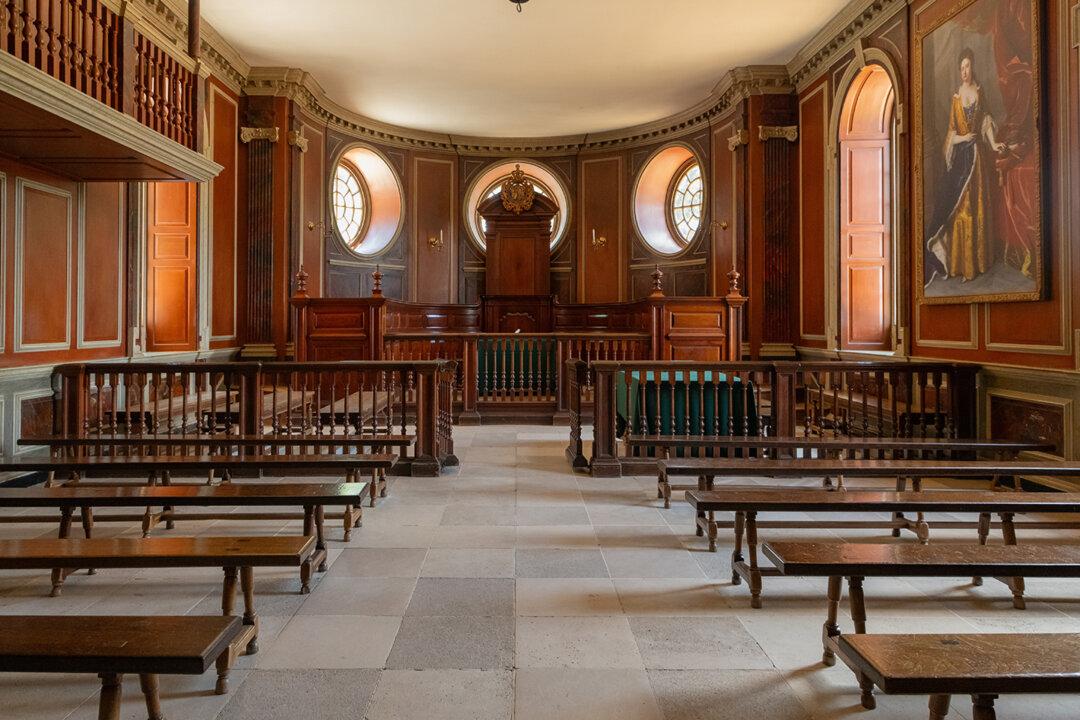Born in England’s industrial northeast in 1801, artist Thomas Cole immigrated to America as a young man. Here, he found a country brimming with unchartered and untamed wilderness. His masterful handling of light, composition, and aerial perspective captured the sublime character of the American wilderness.
Cole found his unique place as one of the first artists to apply the style of European Romanticism to American landscapes and gave birth to what we know today as the Hudson River School.

